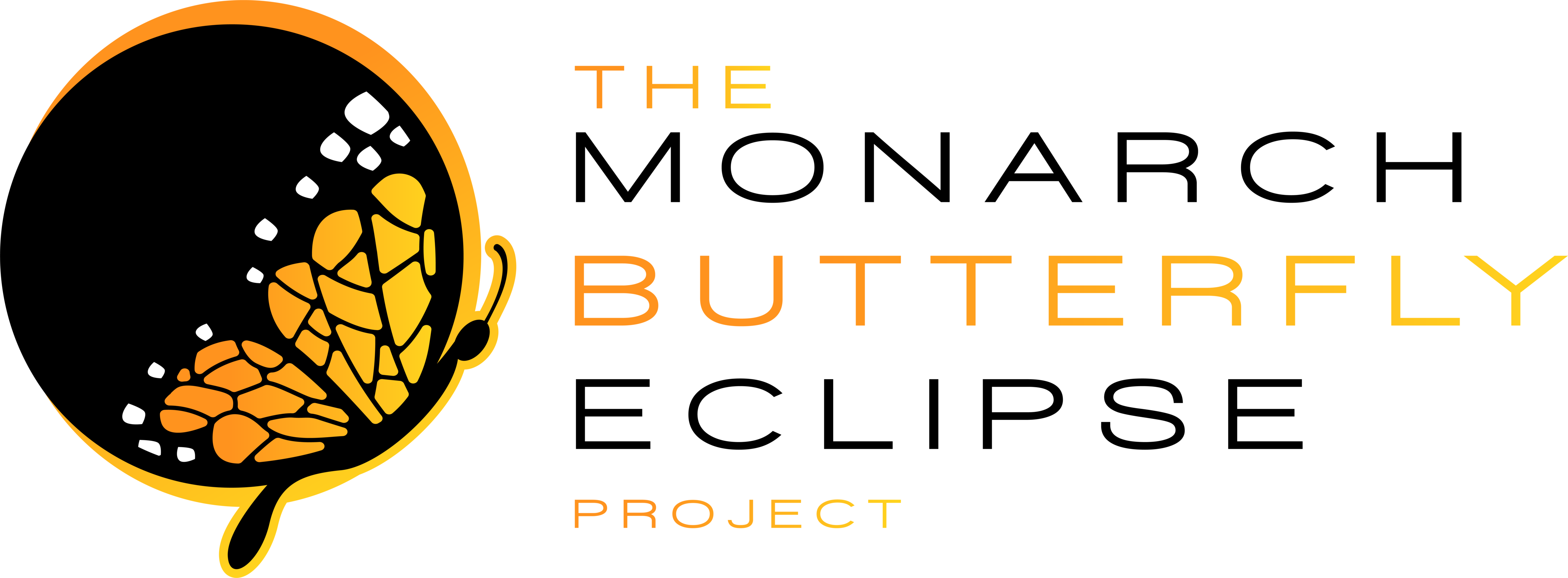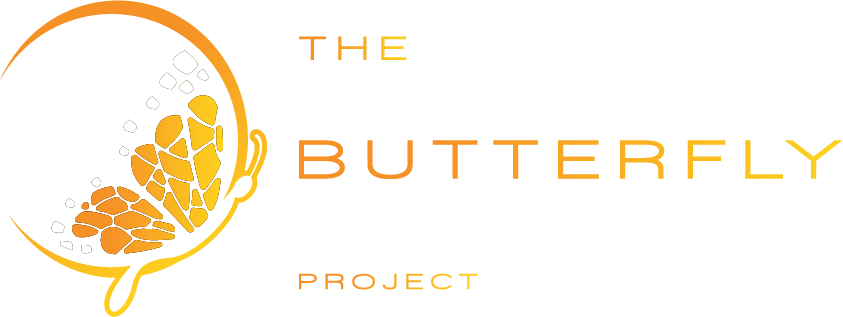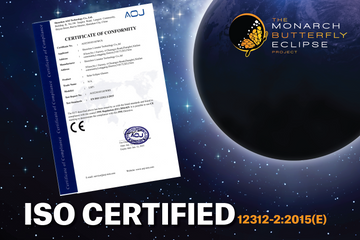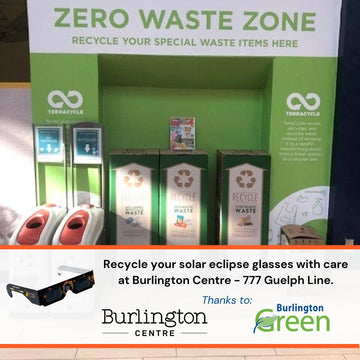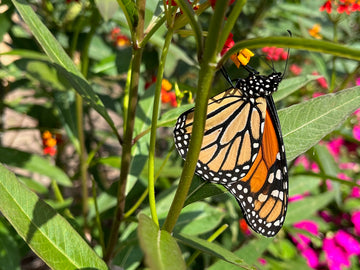What are Solar Eclipse Glasses?

Solar eclipse glasses are specialized eyewear designed to protect your eyes while viewing a solar eclipse. They are essential for safely observing the Sun during an eclipse to prevent serious eye damage or even blindness. These glasses are engineered to block out most of the Sun's harmful ultraviolet (UV) and infrared (IR) radiation, as well as the intense visible light, while allowing you to see the Sun's disk.
Ultraviolet (UV) rays are a component of the electromagnetic spectrum emitted by the Sun. They are classified into different categories based on their wavelengths: UVA, UVB, and UVC. When it comes to viewing the Sun and solar eclipses, it's important to understand the role of UV rays and why protection from them is crucial:
-
UVA (Ultraviolet A): UVA rays have longer wavelengths (320-400 nanometers) compared to UVB. While they are less intense than UVB, they can still contribute to skin aging and can potentially harm the eyes. UVA rays can penetrate the Earth's atmosphere and are present during the entire day, even on cloudy days. Solar eclipse glasses typically provide protection against UVA radiation.
-
UVB (Ultraviolet B): UVB rays have shorter wavelengths (280-320 nanometers) and are more intense than UVA rays. They are the primary cause of sunburn and can lead to skin damage and skin cancer. UVB rays are also harmful to the eyes and can cause damage to the cornea and lens. Solar eclipse glasses are designed to block UVB radiation as well, offering a high level of protection.
-
UVC (Ultraviolet C): UVC rays have the shortest wavelengths (100-280 nanometers) and are the most dangerous type of UV radiation. Fortunately, almost all UVC rays are absorbed by the Earth's atmosphere and do not reach the surface. Therefore, UVC protection is not a primary concern when it comes to solar eclipse glasses. Instead, the focus is on blocking UVA and UVB radiation.
Here are some key features of solar eclipse glasses:
-
Specialized Filters: Solar eclipse glasses have special filters that block out more than 99% of the Sun's intense light, making it safe to look at the Sun. The filter material can be made of black polymer, aluminized mylar, or other materials specifically designed for this purpose.
-
Certification: It's important to ensure that your solar eclipse glasses are certified as safe for solar viewing. Look for an ISO 12312-2 certification, which is an international safety standard for solar viewing glasses.
-
Fit and Comfort: Eclipse glasses are designed to fit comfortably on your face, covering both your eyes entirely. They often have a paper or plastic frame and are similar in design to regular sunglasses.
-
No Scratches or Damage: Inspect the glasses for any scratches, holes, or damage before using them. Even a tiny scratch on the filter can let harmful sunlight through.
-
Don't Use Regular Sunglasses: Regular sunglasses, even very dark ones, are not safe for solar eclipse viewing. They do not provide adequate protection from the Sun's harmful rays.
-
Use During the Partial Phases: Solar eclipse glasses are mainly used during the partial phases of a solar eclipse when the Sun is partially covered by the Moon. During the total eclipse phase, when the Sun is completely obscured, it is safe to view the eclipse without protection, but you must put the glasses back on once the Sun starts to reappear.
-
Sharing Safely: When sharing your eclipse glasses with others, ensure that they are aware of the safety guidelines and wear them properly. Also, check that the glasses are not damaged before sharing them.
Solar eclipse glasses are a crucial tool for safely enjoying the wonder of a solar eclipse without risking harm to your eyes. Always exercise caution and follow safety guidelines when using them to view the Sun during an eclipse.
